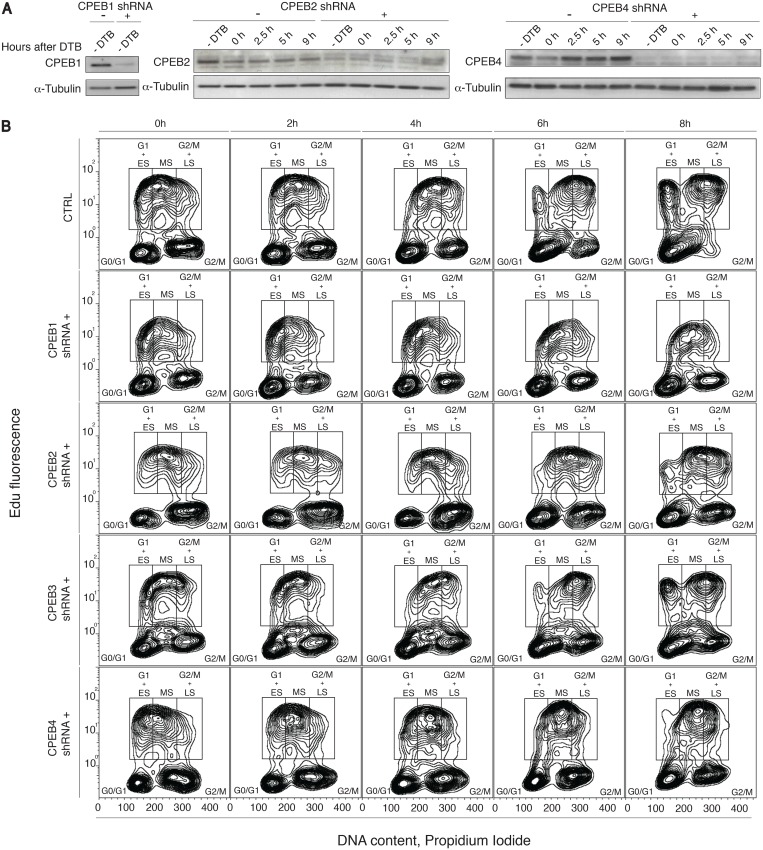Fig 1. CPEB1, CPEB2 and CPEB4 are required for cell cycle progression.
(A) HEK-293 cells stably expressing an IPTG-inducible system for CPEB1,2 and 4 knock-down were induced or not with IPTG. Two days after induction cells were synchronized through double thymidine blockade (DTB). Samples were harvested at the indicated time points and protein lysates were analyzed on SDS–PAGE followed by immunoblotting for the indicated proteins. α-tubulin was used as a loading control. (B) HEK-293 cells stably expressing an IPTG-inducible system for each CPEB knock-down were induced or not with IPTG. Three days after induction, cells were marked with EdU for two hours and then released. Samples were harvested at the indicated time points, stained for DNA content with PI and analyzed by FACS. Mean EdU+ cell-population: 23100 for control, 10800 for CPEB1-KD cells, 16400 for CPEB2-KD cells, 20900 for CPEB3-KD cells, 18900 for CPEB4-KD cells). Sh, short-hairpin; CTRL, control; IPTG, Isopropyl β-D-1-thiogalactopyranoside; DTB, double-thymidine block; Edu, 5-ethynyl-2'-deoxyuridine; PI, propidium iodide; ES, early S-phase; MS, middle S-phase; LS, late S-phase; FACS, fluorescence-activated cell sorter.

